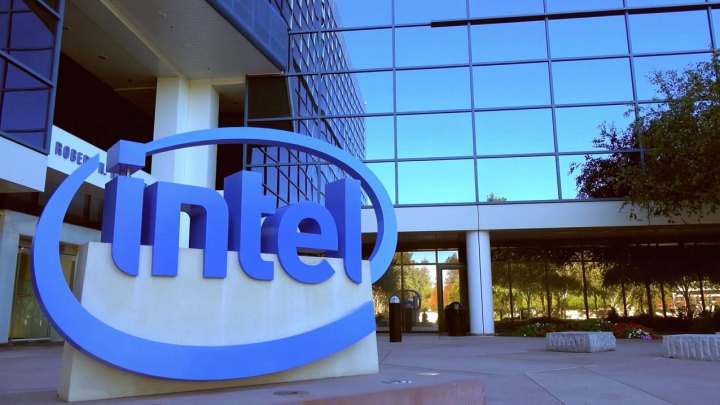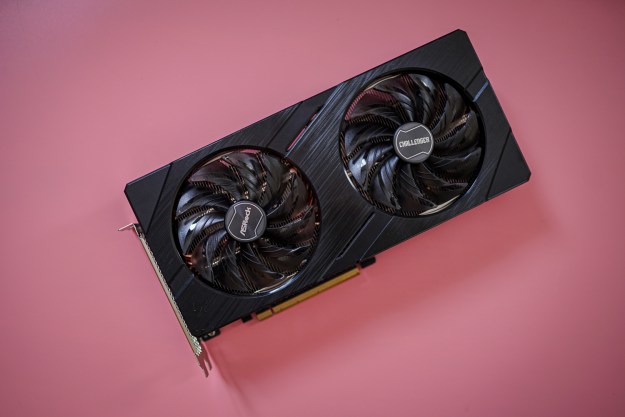
After acquiring multiple wearables companies in 2014 and 2015, issues with products malfunctioning and an inability to dent the market with sales numbers is causing the tech giant to rethink these gadgets, ant it is unfortunately starting with job cuts.
Intel bought Basis, a maker of fitness smartwatches, in 2014, which the company later made a part of its NDG (New Devices Group) wing. NDG was well-positioned in the market to continue the research and product development necessary to make a play for the the growing wearables market.
The company’s focus on wearables was on display again when Intel purchased Recon, a heads-up display wearables company for athletes including bikers and snowboarders, in June 2015.
At the time, as TechCrunch pointed out, Recon co-founder Dan Eisenhardt said that Intel was the ideal partner for Recon, as Intel’s CEO, Brian Krzanich, made his commitment to the wearables market very clear after assuming his role in 2013.
“He reaffirmed that commitment in his keynote speech at the Consumer Electronics Show this January,” Eisenhardt said. “Brian and his team, including New Technology Group head Josh Walden, share our vision for the potential of smart eyewear in the consumer and enterprise markets, and this deal reflects that shared vision.”
But that vision started to blur this summer, when Intel was forced to recall the Basis Peak smartwatch, because of overheating concerns. Rather than replace the units, the company instead chose to stop production altogether, even though the overheating had affected only 0.2 percent of users. Later that year, Peak’s software support and cloud storage was shut down.
Unnamed sources have told TechCrunch that layoffs are coming and a number of employees have already been informed about the changes, with many of the firings expected to be complete before the end of 2016.
While the future looks bleak for Intel’s NDG, a jump to conclude it will shut down soon would be premature. Firings are common, but a shutdown is less likely than a complete shakeup in Intel’s direction and focus in the wearables market. Stay tuned for updates.
Editors' Recommendations
- It just became the perfect time to buy a last-gen Intel CPU
- Here’s a shocking reminder of just how far ahead Intel is in race with AMD
- Intel CPU gaming crashes are causing an uproar
- Intel may be throwing away an important opportunity
- Intel may already be conceding its fight against Nvidia


